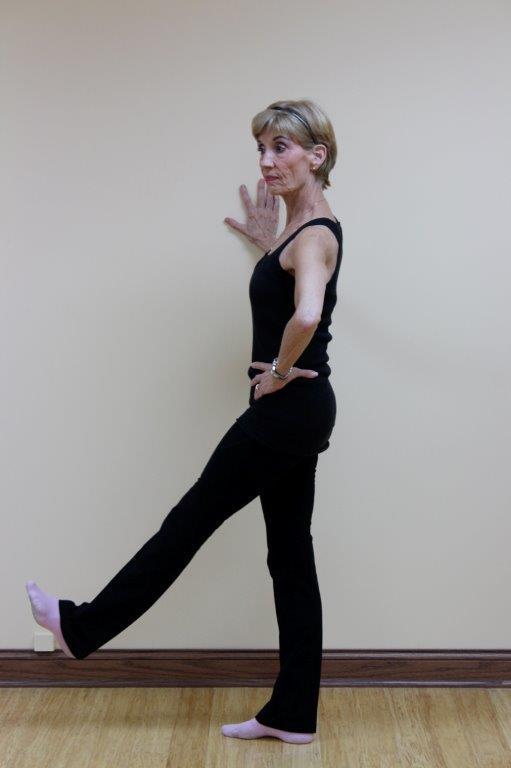Posture is the manner in which you stand or sit, but that’s only the beginning. I had a dance instructor who would say, “stack your bones.” I liked that because it is a good mental image that will help you attain the correct stance: ears over shoulders, shoulders over hips, hips over knees, knees tracking directly over your middle toe.

Courtesy of Donna Martelli






